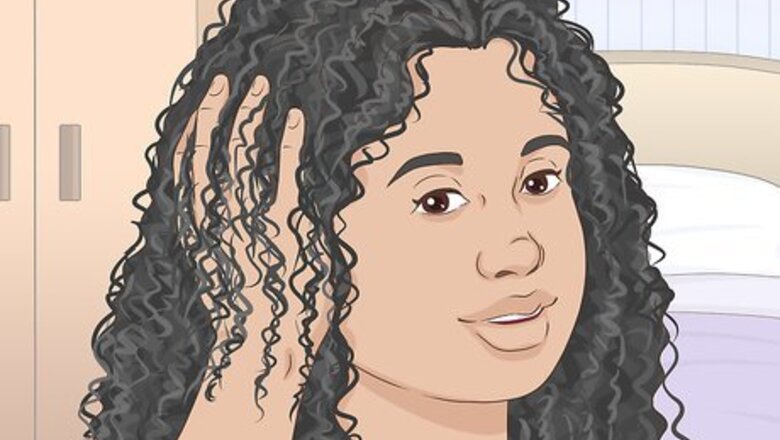
views
Determining Your Hair Type
Pay attention to the texture of your hair. Is your hair more on the coarse side? Frizzy after brushing? Knots often? These are all signs that indicate natural curly hair. Naturally curly hair is more prone to breakage and dryness as the natural oils from the scalp have difficulty coating the strand because of the pattern of hair.
Use the strand test to determine if your hair has a natural curl pattern. Take a small strand of your hair and wrap it around your finger. This is also known as 'finger curls'. If your hair holds the pattern or ringlet then you more than likely have curly hair. If it holds the curl but loosens into more of a wave pattern, you have wavy hair. If your hair doesn't hold the ringlet at all you more than likely have straight hair.
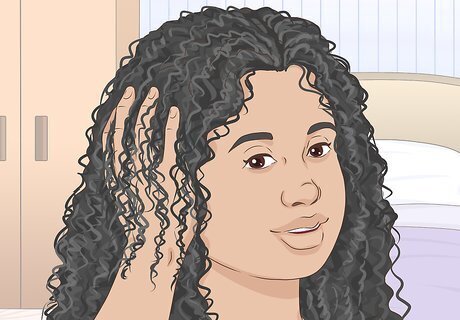
Try the scrunch method to see if you have a curl pattern. Wet your hair by either washing or spraying it with water. Make sure your hair is thoroughly wetted before grabbing the ends and bring them towards your roots. Squeeze the excess water and slowly lower your hand and release the section of hair. If your hair curls or waves this is another indicator that you have naturally curly hair. It may take a few tries, but if your hair curls while wet, you have curly hair.
Another sign of curly hair is that your part chooses itself. Have you ever gotten out of the shower and noticed your hair's part zig zagging or placing itself in a completely different line? Curls normally clump together and can often have an impact on your part. Curls find and lay what feels best, a strange phenomenon with no science.
If you have natural and easy volume to your hair, this is an indication of curly hair. Straight hair often struggles with volume as the strands lay neatly and easily. Curly hair patterns often struggle with keeping their hair flat and 'perfect' as the curls practically have a mind of their own.
Your hair is longer wet and shorter when dry. Curls can cause 'shrinkage' which means you lose inches or length when your hair is dry or curly. If you've noticed that your hair is longer when wet or straightened, this could signal natural curls.
Curly Hair Maintenance
Develop a routine that's effective and healthy for your curls. It can be daunting to form a hair routine based on your curls, however despite the multitude of products, it's important to know the basics.

Find a shampoo that's sulfate-free. Shampoos that have sulfate normally weigh down the strands, dry out the scalp and cause a lot of product build up. Sulfate-free shampoo is lightweight on strands, hydrating for the scalp and moisturizing for the strands. It's important to hydrate curly hair as natural oils struggle to coat strands completely.

Use a conditioner that's lightweight and moisturizing. Similar to shampoo with sulfate, using conditioners with heavy ingredients such as sulfate and parabens can weigh down a curly and cause product build up. Conditioner with hydrating ingredients such as aloe vera, shea butter and argan oil is incredibly helpful.
Prevent split ends and breakage with a leave-in conditioner. Almost every hair type can benefit from a leave-in, however, it's incredibly important for curly hair to utilize and incorporate this product into their routine.

Use the bowl method to enhance and maintain your curls. Using a bowl, lean forward and dunk your hair into the bowl. You'll go through your wash routine while dunking and scrunching (see step 3 in method 1) to preserve the shape of your curls. No bowl? No problem. You can wash your hair with your head tilted in the shower while also scrunching.
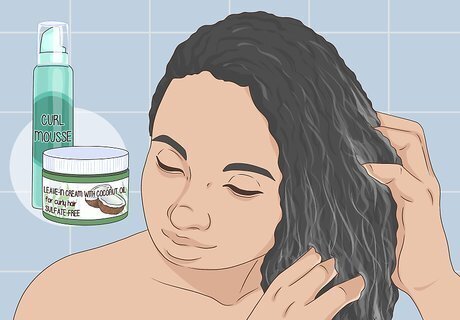
Using curl cream is also very important in a curly hair routine. After washing and with your hair still wet or damp, apply curl cream and spread evenly between both hands. Run your fingers through your hair and be sure to continue scrunching with this product in your hands. Curl cream helps hold the natural shape of your curls and prevents fall or loosening. A great brand of curl cream would be It's a 10 Miracle Defrizzing Curl Cream.












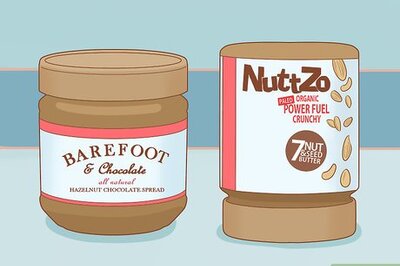
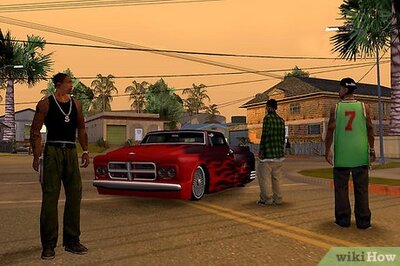

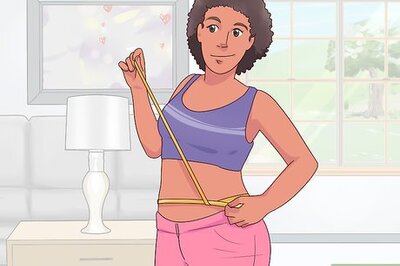
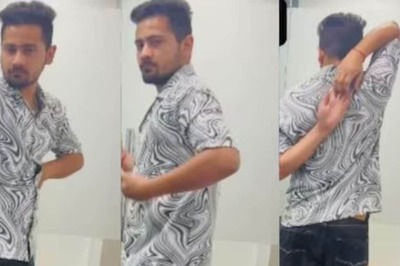
Comments
0 comment